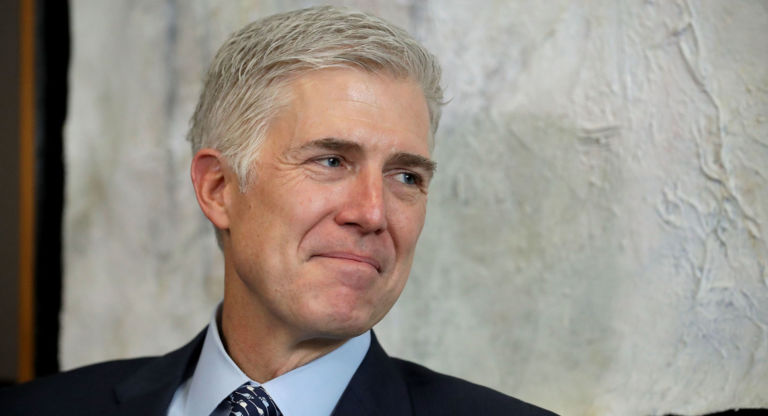Caroline Downey writes for National Review Online about another bad idea from the Biden administration.
As part of its aggressive green agenda, the Biden administration on Friday imposed new strict pollution standards for buses, trucks, and other heavy-duty vehicles that would all but necessitate electrification.
Released by the Environmental Protection Agency, the rule progressively restricts the level of pollution trucks can legally emit across a manufacturer’s offerings for model years 2027 through 2032.
The rule applies to vehicles, including tractor-trailers, school buses, R.V.s, garbage trucks, and cement mixers, and aims to combat climate impact from this part of the transportation sector.
“Today’s announcement is a big one in terms of cleaning up the pollution from these vehicles on our roads and highways and importantly, the pollution that impacts our communities and our kids,” White House national climate adviser Ali Zaidi told CNN.
While the rule doesn’t require conversion to or replacement by electric vehicles, it effectively demands that manufacturers ditch diesel and adopt greener technology such as electrification or hydrogen fuel cells. As a net result, EPA modeling anticipates that between 12–25 percent of large freight trucks will be zero-emission by the next decade. The agency projects that smaller trucks could be around 40 percent zero-emission by that date.
Last week, the Biden administration announced a similar rule, targeting new passenger cars and light trucks. It mandated that those vehicles sold in the U.S. must be electric or hybrids by 2032. Those rules set targets for the number of electric models produced in the U.S. as a percentage of all light-duty vehicles created each year. For instance, in 2030, hitting the EPA’s new targets would require somewhere between 31 percent and 44 percent of new cars, SUVs, and pickup trucks to be fully electric, with the exact percentage depending on the amount of emissions from other vehicles.


